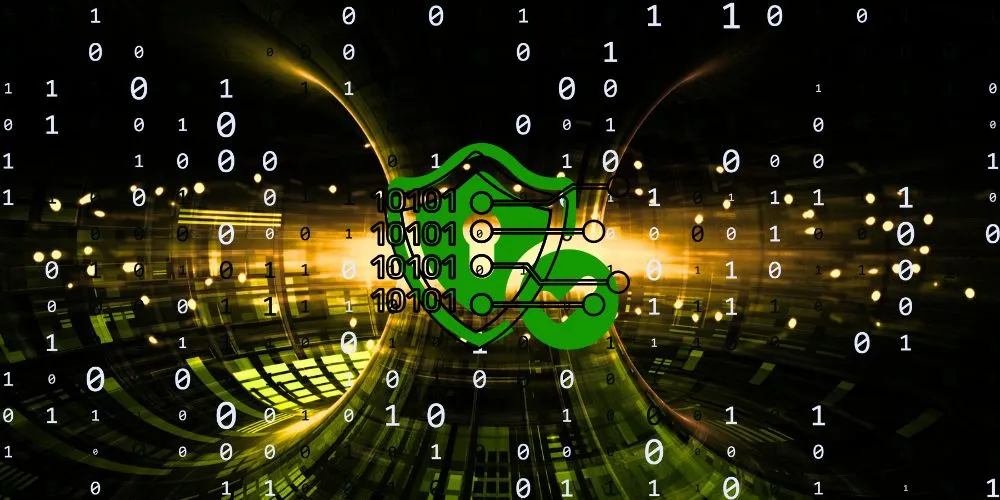Key Points:
- Quantum encryption uses quantum mechanics to create unbreakable encryption through quantum key distribution (QKD).
- QKD relies on quantum superposition and entanglement, making interception detectable and preventing unauthorized access.
- Quantum encryption will become the standard for securing sensitive data within the next decade.
- Potential applications extend to quantum computing networks, AI, cryptography, data analysis, and IoT security.
In a groundbreaking development set to redefine the landscape of cybersecurity, quantum encryption technology has emerged as the ultimate safeguard against data breaches. This cutting-edge innovation promises to render traditional hacking methods obsolete, ushering in a new era of digital security.
Quantum encryption leverages the principles of quantum mechanics and utilizes quantum key distribution (QKD) to create virtually unbreakable encryption. Unlike classical encryption methods, which rely on complex mathematical algorithms that can eventually be cracked with sufficient computational power, quantum encryption harnesses the behavior of quantum particles to secure data.
At the heart of quantum encryption are quantum superposition and entanglement. In QKD, quantum particles, such as photons, are used to generate encryption keys. These particles can exist in multiple states simultaneously, and any attempt to intercept or measure them disturbs their state, instantly alerting both the sender and receiver to potential eavesdropping. This inherent property of quantum mechanics ensures that encryption keys are transmitted securely and remain impervious to interception.
Experts predict quantum encryption will become the standard for securing sensitive communications and transactions within the next decade. Its potential to protect against emerging threats, such as quantum computers capable of breaking classical encryption, makes it a critical tool in the cybersecurity arsenal.
In addition to its security advantages, quantum encryption is expected to drive innovation in other fields. For instance, it could enable secure communications in quantum computing networks, facilitating advancements in artificial intelligence, cryptography, and data analysis. Furthermore, integrating the encryption solution in internet-of-things (IoT) devices promises to safeguard the growing ecosystem of connected devices against cyber threats.
Despite its transformative potential, the widespread deployment of quantum encryption faces several challenges. The technology requires highly specialized hardware, such as expensive and complex quantum repeaters and detectors. Developing a global quantum communication infrastructure also necessitates substantial investment and international cooperation.
However, the momentum behind quantum encryption is unwavering. Ongoing research and investment are steadfastly working to overcome these challenges. As the technology matures, it becomes an indispensable component of modern cybersecurity, instilling confidence and assurance in its future prospects.










